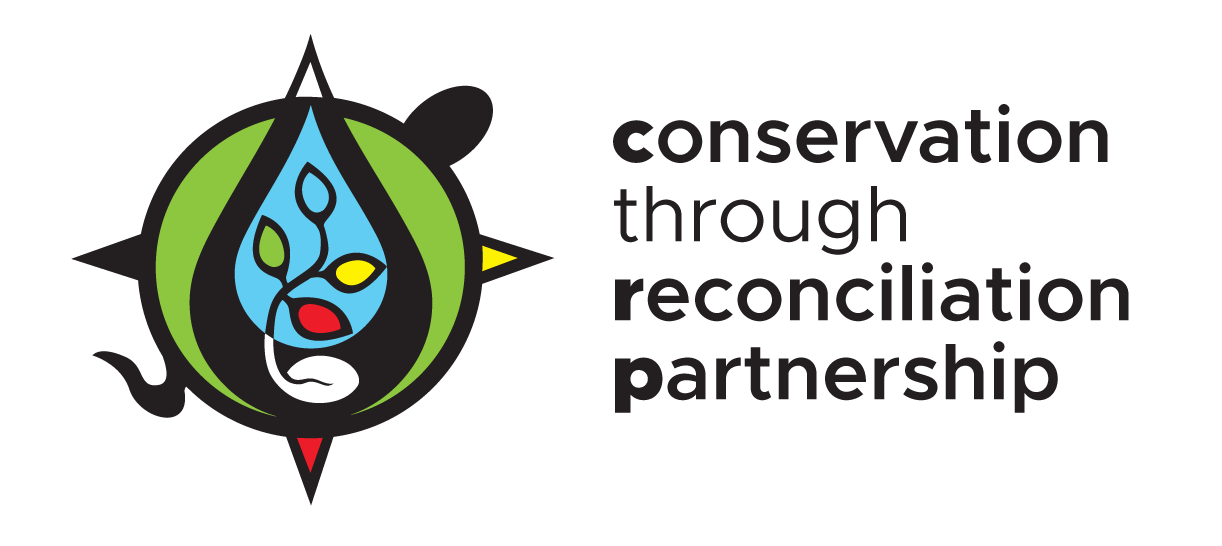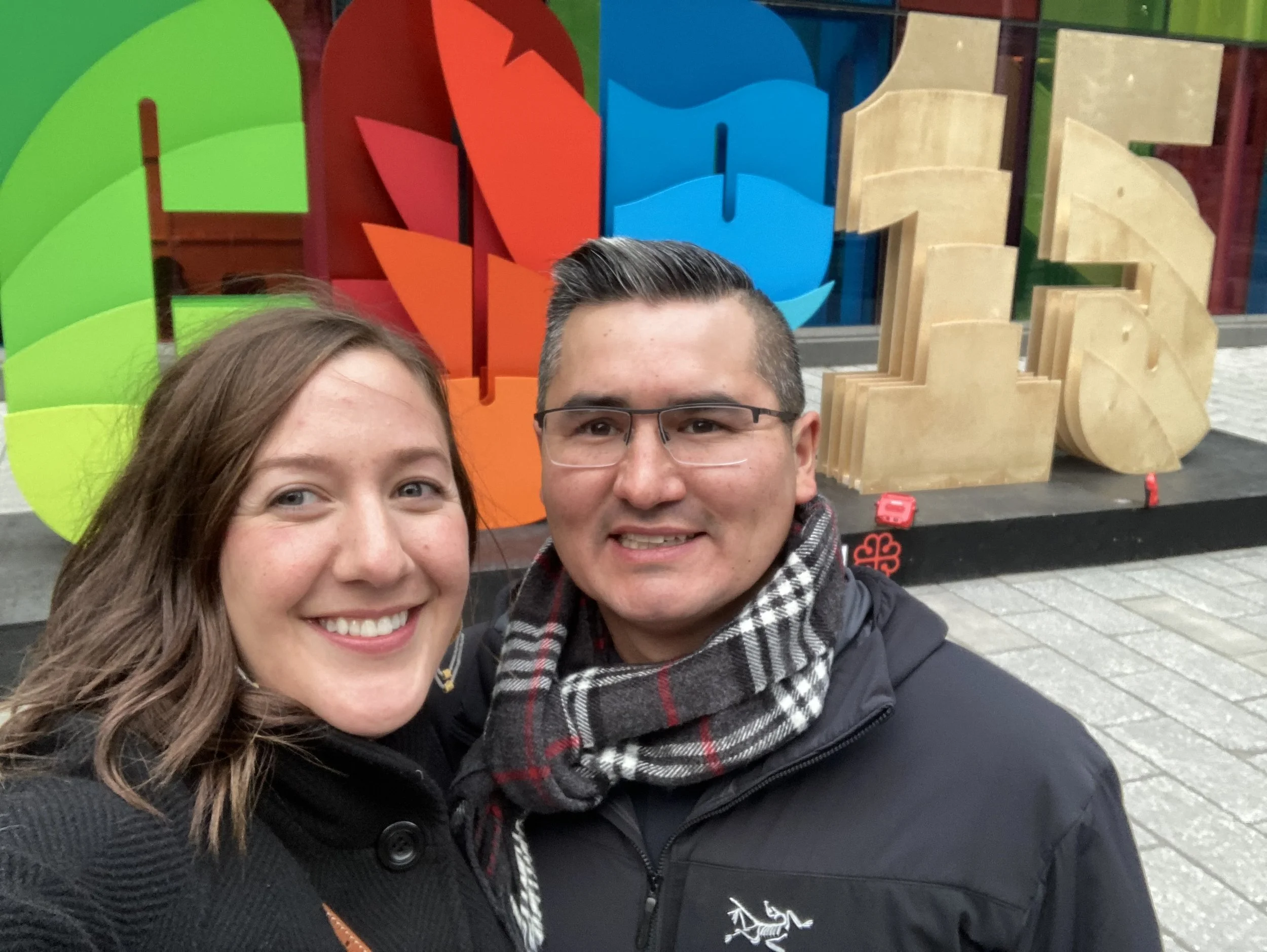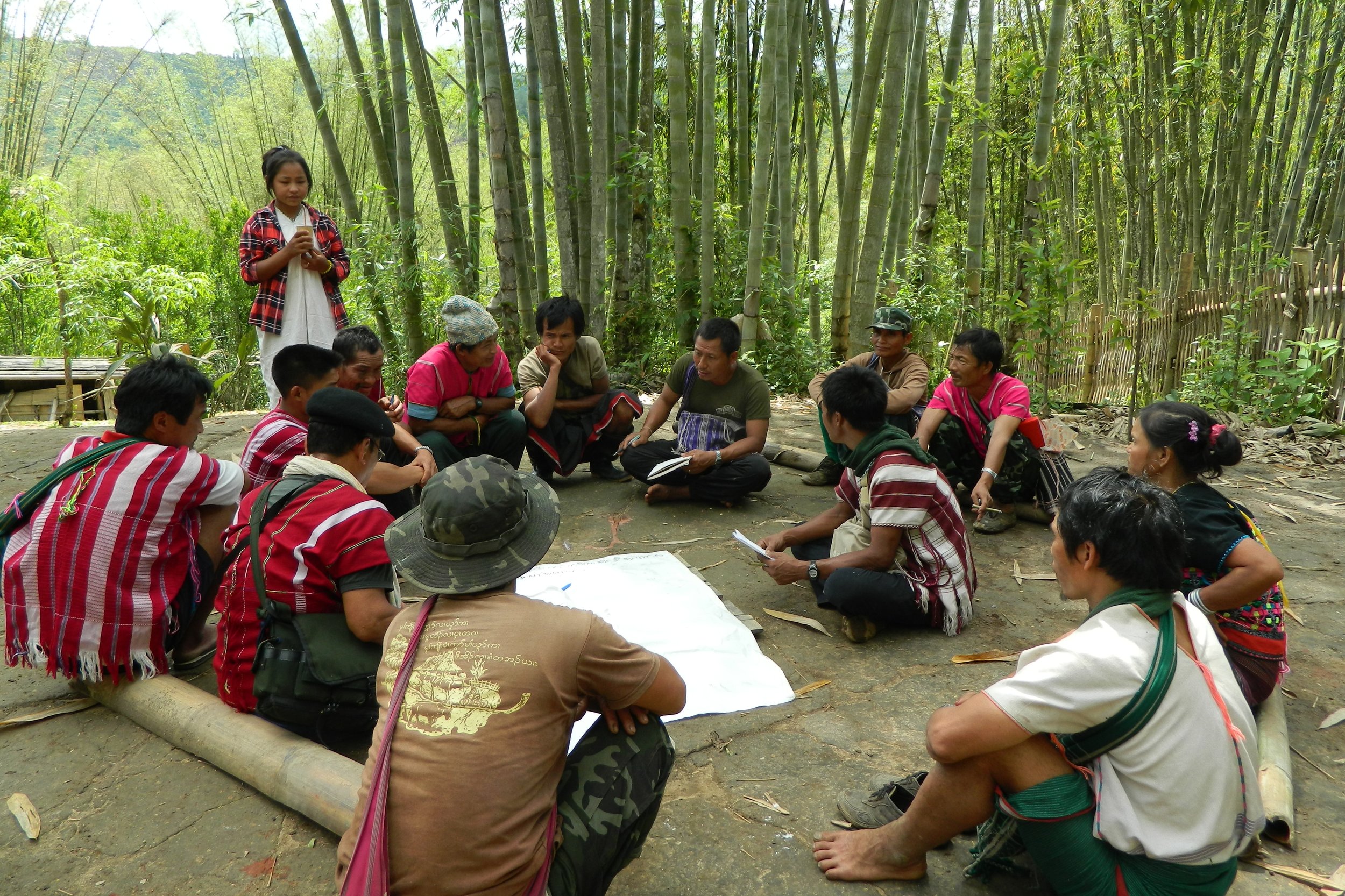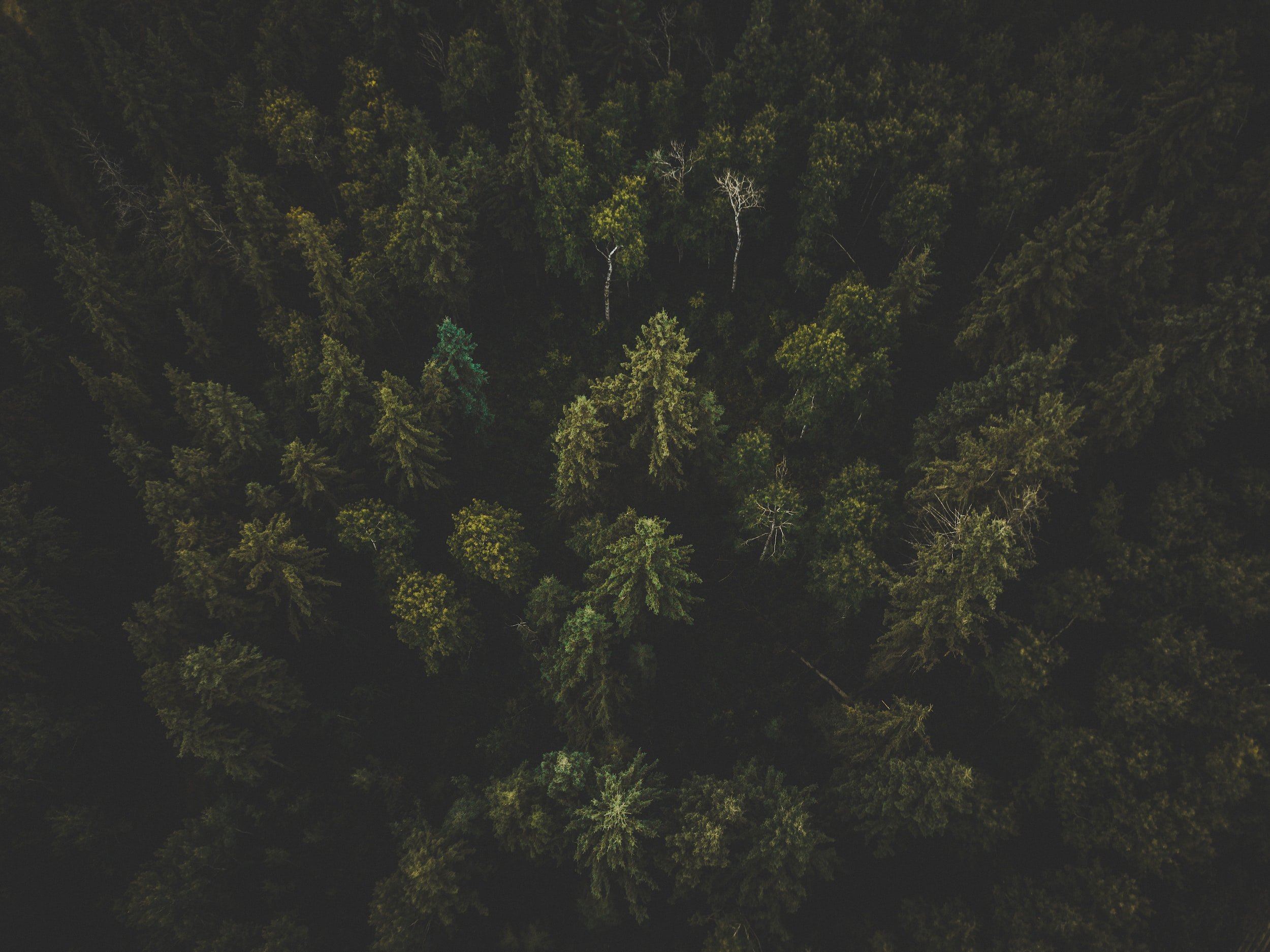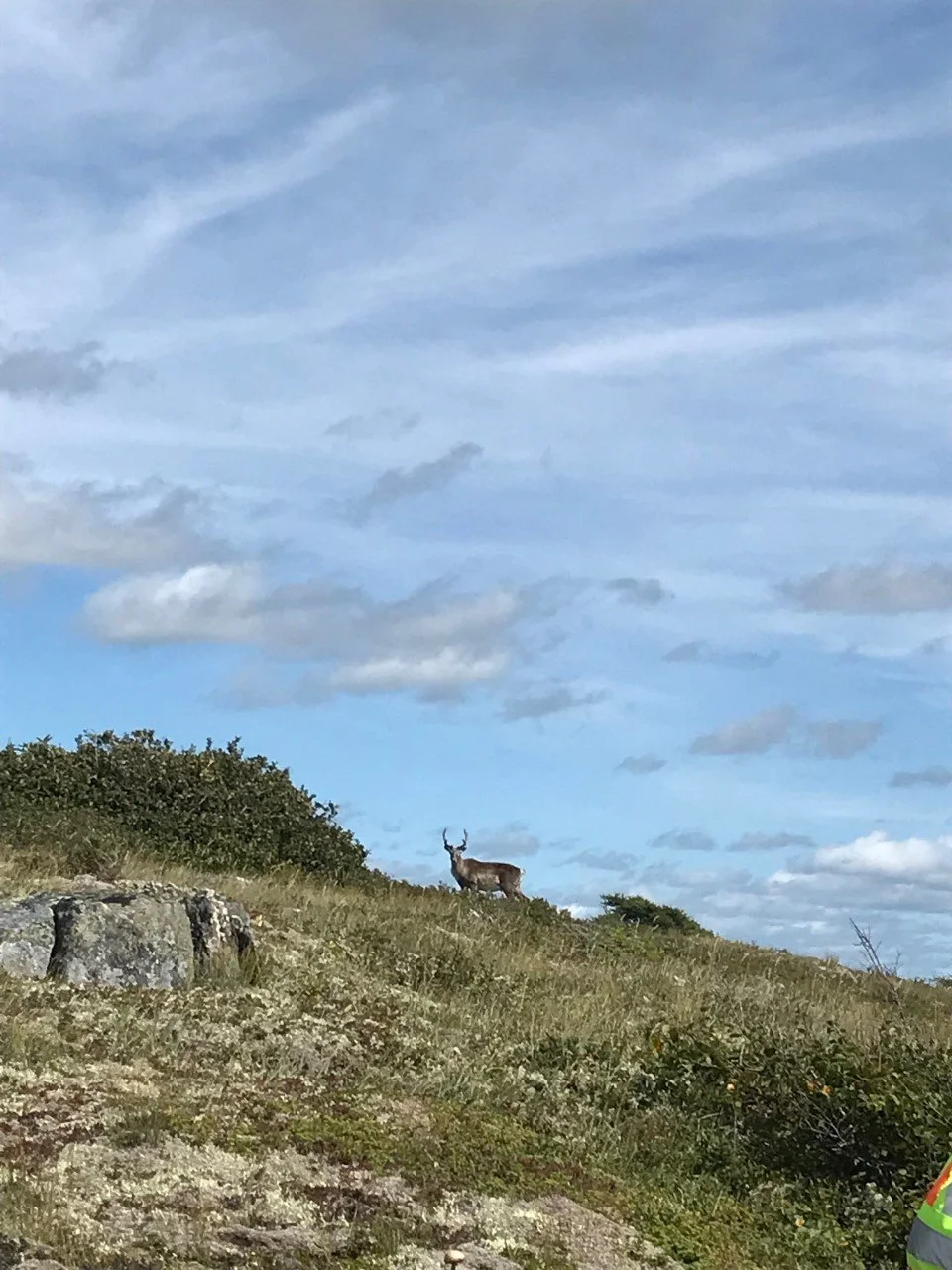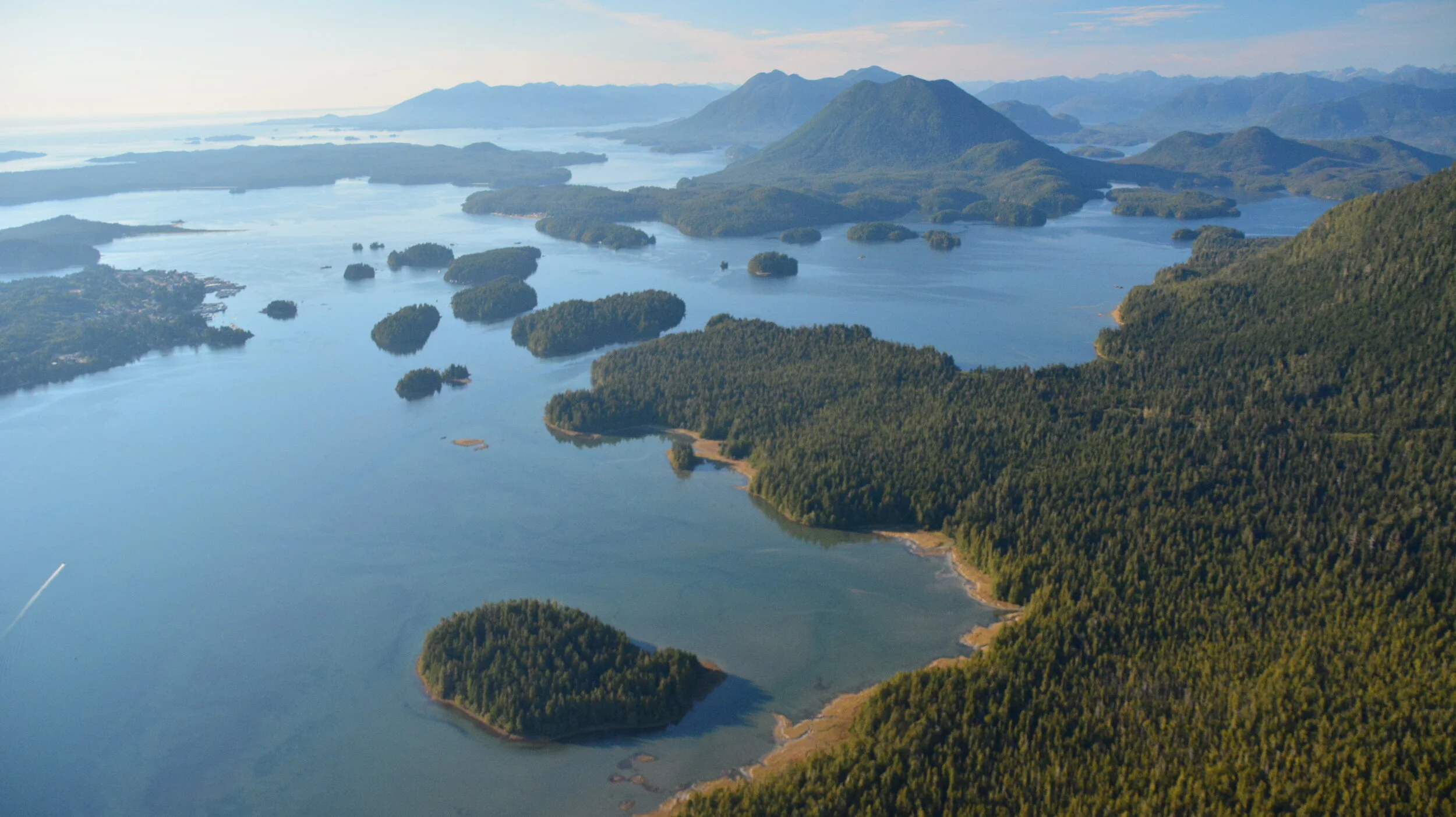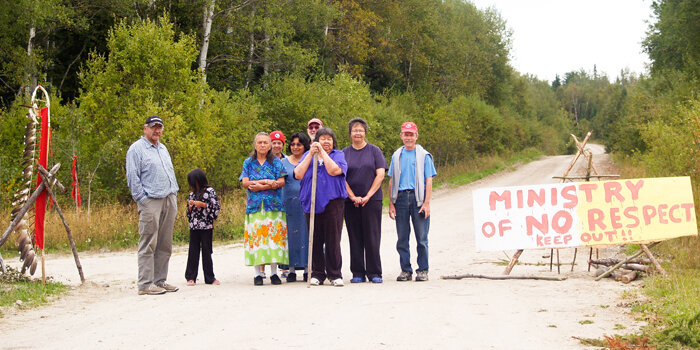
Stories and Updates
Together, We Rise!
Stories and Updates from Our Partnership
This is a space to share information and reflections from across our diverse partnership in the spirit of reciprocity and co-learning. Below you will find stories and updates from our collective work to help support and celebrate Indigenous conservation leadership and Indigenous Protected and Conserved Areas (IPCAs).
Together, we rise!
Blog
Click on the links below to read our featured blogs. You can scroll using the arrows in the upper right corner below.
To see our full series of blogs, including those that have been archived, click here.
We are deeply saddened to learn of the passing of the Honourable Murray Sinclair, a revered leader who devoted his life to truth, justice, and healing. We extend our deepest condolences to his loved ones and all who were inspired by his tireless commitment to reconciliation. (Photo credit: Adrian Wyld/The Canadian Press)
September 30th serves as a crucial reminder for all Canadians to engage in deep reflection, to learn, and to challenge our assumptions about the nation’s past and present. It is also a time to imagine a future where we share a just and reciprocal relationship with one another.
From April 24-27, 2023, the Restore, Assert, and Defend (RAD Network gathered on the unceded and unsurrendered Territory of the Wolastoqwiyik at St. Mary’s First Nation, at Sitansisk (also known as Fredericton, New Brunswick). The intent of the gathering was to foster connections, deepen our understanding of the current context of the work, and co-create a shared vision for the emergent RAD Network.
CRP’s first bilingual blog features a story from Maro Adjemian . Maro who shares her reflections on her doctoral research with Atikamekw Nehirowisw as they develop a management plan for an IPCA called Masko Cimankanic Aski, located in Nitaskinan, colonially known as the Haute Mauricie region of Québec.
Starting on International Women’s Day, 2022, and throughout the year, we have had the honour to hold a space to celebrate and learn from Indigenous women who carry, grow, and share love for the lands, waters, and communities they call home.
Valérie Courtois, a member of the Innu community of Mashteutiatsh, reminded us that one key thing women bring to the world, and to the conservation movement more specifically, is love: “Love for our families, love for communities, love for land, love for language, love for who we are as people.”
By Megan Youdelis
Through many collaborative discussions between stream members over the course of 2021, the members of the Conservation Governance Stream decided to advance a Governance Scan. The scan will be a key product of our collective work. (Photo Credit: Steve Monk, stevemonk.ca)
By Chloe Dragon Smith and Robert Grandjambe
Our little home couldn’t be further from the bustle of Montreal. We live in Wood Buffalo National Park, between the towns of Fort Smith, NWT and Fort Chipewyan, AB. As two young northern Indigenous people, we are working hard to build a life that rehabilitates our ancestral ways, knowledge, and systems
By Dr. Justine Townsend
This blog builds on Part 1 and Part 2 of the Cultural Keystone Species blogs. These earlier blogs described how Canada’s Species at Risk Act contains mechanisms that support First Nations involvement in species at risk (SAR) management. (Photo: Photo: Moose traveling through lake by Lesly Derksen on Unsplash).
by Kai Bruce
We are excited to announce the release of a guide for Indigenous leadership who are engaging with Parks Canada’s management planning process. This guide aims to inform Indigenous leadership on Parks Canada’s collaborative management planning process for national parks, national park reserves, national marine conservation areas, and national historic sites.
Compiled by Elena McCulloch
2022 was a great year for Indigenous-led conservation! In case you missed any of our community's achievements this year, or you would like to look back on and celebrate the work we accomplished, please enjoy this 2022 recap.
Reconciliation doesn’t happen in one day, nor is it a one-way street. It requires an ongoing commitment to build and maintain respectful and reciprocal relationships.
By Andrew Paul and the Karen Environmental and Social Action Network
The Salween Peace Park, nestled between Burma and Thailand, embodies a commitment to building peace and reconciliation that centres Indigenous self-determination and responsibilities to ancestral territories. Salween Peace Park offers a model for how IPCA governance can be scaled up to entire landscapes and territories. The park continues to shine a light for Indigenous self-determination, peaceful coexistence, and federal democracy in Burma despite ongoing conflict in the region.
By Leora Gansworth and Ian Attridge
In recent years, more Indigenous individuals and groups are examining and amending the land trust model to advance their community interests. Land trusts may be developed to support self-determination and the resurgence of Indigenous legal traditions, relationships, and priorities, including the land back movement. So how can land trusts be a mechanism for Indigenous self-determination/support visions for Indigenous conservation leadership?
By Steven Nitah, David Flood, Leora Gansworth, Mary-Kate Craig, and Lara Powell
There is an opportunity for environmental reconciliation, and for all people to reconsider their relationship with the living Earth. Indigenous-led conservation offers a path forward. One that addresses ecological devastation and envisions a powerfully connected future of living well together.
The IPCA Knowledge Basket holds and shares vital resources to support Indigenous leadership in their nature conservation efforts, including the creation of Indigenous Protected and Conserved Areas (IPCAs).
By Heather Patterson, in collaboration with Dr. Allyson Menzies, Claire Kemp, and Kathryn Yarchuk
Dr. Jesse Popp, Canada Research Chair in Indigenous Environmental Science at the University of Guelph founded the Wildlife, Indigenous Science and Ecology (WISE) Lab in order to prioritize Indigenous values and Knowledge Systems in environmental monitoring and management, a sector that is often dominated by Western approaches.
By Jessica Lukawiecki
Fieldwork is a pivotal moment in any Ph.D. journey. It is the moment when all of that time spent deep in the literature and archives, all of those theoretical class discussions, all of the preparation and planning, come to life in a dynamic, here-and-now, larger-than-life interaction involving real people’s lives, livelihoods and experiences.
CKS are the salient species that hold up the ecosystems of our territories and significantly shape the cultural identity of our nations. They are often iconic species that have played essential roles in diet, livelihood, traditional medicines, and materials used for clothing, shelter, and tools, and have been featured since time immemorial in the languages, ceremonies, knowledge systems, and narratives that have shaped Indigenous cultures
This blog series intends to share some reflections and learnings about Indigenous perspectives on species conservation, present frameworks that embody these perspectives, and discuss why Indigenous worldviews and approaches to “conservation” (a word that does not often translate directly to Indigenous languages) should be given equal space in Canadian policy. (Photo Credit: Jessica Lukawiecki)
By Heather Patterson and Kristy Tomkinson
The Conservation through Reconciliation website is a space for partners and affiliates to share their knowledge, research, and reflections about Indigenous-led conservation and CRP activities.
Highlights from 2021 including written and audio blogs, webinars, and academic articles are summarized within this blog, with links to the full-length versions.
By Larry Innes and Ian Attridge
Our recent report, Respect and Responsibility: Integrating Indigenous Rights and Private Land Conservation in Canada, explores the historical, legal and policy landscape of private land conservation and sets out pathways for meaningful engagement with Indigenous governments and respect for Indigenous jurisdiction.
A joint statement from the CRP Leadership Circle
After years of advocacy by survivors, families and community, September 30th, 2021 is the first National Day for Truth and Reconciliation. It is a day to honour residential school survivors, those who did not make it home, their families, and their communities. It is also a time to reflect on the Truth and Reconciliation Commission of Canada’s Calls to Action.
By Graeme Reed
Drawing on interviews with ten Indigenous experts and our experience within the Indigenous climate movement we framed the broad principles of what an Indigenous approach to climate policy looked like. This enabled us to begin outlining an agenda that seeks to dismantle colonialism and capitalism in climate policy simultaneously. (Photo: Image of a floating iceberg. Photo Credit: Stock Image).
By Robin Roth and Faisal Moola
In early August 2021, the Canadian Government announced a $130 million commitment to create a network of urban National Parks across the country. This commitment is a step forward in recognizing and valuing urban parks and forests for their ecological, educational, socio-cultural, and health benefits. While the announcement names Indigenous partners in a list of groups to “collaborate with,” it fails to recognize the potential for urban parks to advance Indigenous self-determination and reconciliation.
By Monica Shore and Eli Enns
While the IPCA Alliance and the Solutions Bundle focus on relationships, organizational capacity, ideas and learning resources, IPCA Innovation Centres are the physical places and spaces that host these relationships. The vision of IPCA Innovation Centres is to develop a world-class model for innovation and learning that is specifically designed for IPCAs. Photo: Aerial image of Clayoquot Sound, British Columbia. Photo credit: Jeremy Williams.
Prepared by Faisal Moola and Megan Youdelis.
The Conservation Through Reconciliation Partnership (CRP) was invited by Parks Canada to participate in its Horizon Scan. The CRP was also asked to contribute priority research questions to help inform Parks Canada’s broader research agenda going forward.
By Steven Nitah
People around the world increasingly see the urgent need to tackle the twin emergencies of climate change and biodiversity loss. We can make progress on both these fronts if the world also recognizes the leadership of Indigenous peoples who oversee the most healthy, biodiverse, and intact lands and waters left on Earth. Photo: Pat Kane
By Megan Youdelis and Justine Townsend
Indigenous-led conservation is often supported in theory, but undermined in practice. Canadian federal, provincial and territorial government agencies voice support for IPCAs and intend to count them toward their international conservation commitments. However, other agencies, ministries, and actors within those same governments often threaten IPCAs by awarding tenures to extractive industries (eg. mining, logging, oil and gas, etc.) without the consent of, or ensuring benefits to, local Indigenous peoples.
A joint statement from the CRP Elder’s Lodge
July 1st marks the anniversary of the Confederation of Canada. On this day, the Conservation through Reconciliation Elder’s Lodge share a collection of voices to honour the spirits of the children who never came home, to unite us in building a better future for generations to come, and to bring us back into balance with Mother Nature. The CRP family of Elders is taking this opportunity to say what is needed to be said in a good way.
By Elder Larry McDermott and Robin Roth
The tradition of Treaty-making amongst Indigenous nations, and later, between Indigenous Nations and settler states, is a tradition that recognizes natural law and upholds our collective responsibilities towards our plant and animal friends. Fulfilling Treaty obligations would thus mark a turn in how relationships to wildlife are approached.
Newsletters
Click on the links below to read our seasonal newsletters. You can scroll using the arrows in the upper right corner below.
